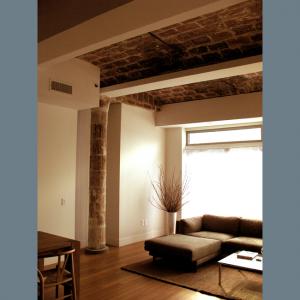
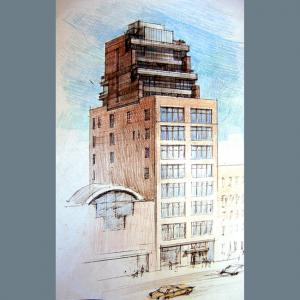
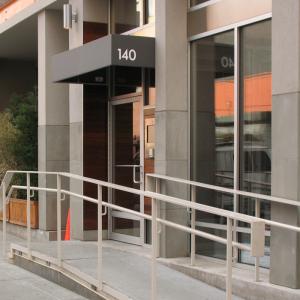
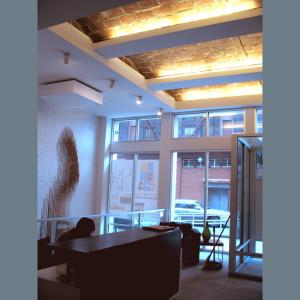
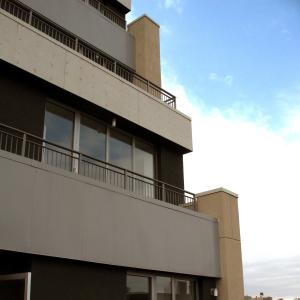
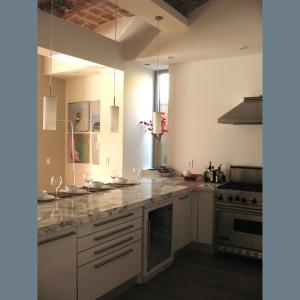
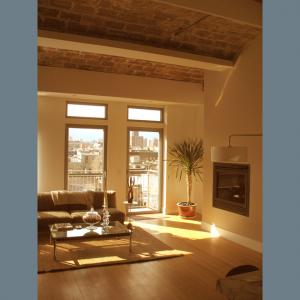

Project Manager/Designer: Eugene Drubestskoy
Visit: http://blessoproperties.com
Originally built in 1906 as a warehouse for the Koch Department Store on 125th Street, the building was once connected to the store by an underground tunnel. The building was also home to a speakeasy, frequented by the renounced jazz acts of Harlem nearby Lenox Lounge. Loft 124 features historic touches such as an exquisite reflecting pool set within a 40-foot void where the original elevator once was. Loft 124's vast industrial interior has been meticulously reconfigured into 21 residences, all featuring fireplaces and direct elevator access. The one-bedroom and two-bedroom units range in size from 960 to 2000 square feet. In addition, Loft 124 has two penthouse apartments and two residences with 25-foor high ceilings. The units at Loft 124 are bathed in light from four directions, and all but three have private balconies.
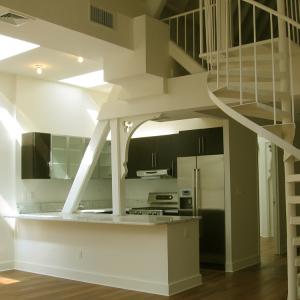
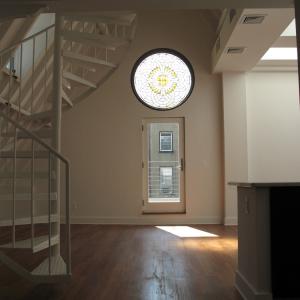
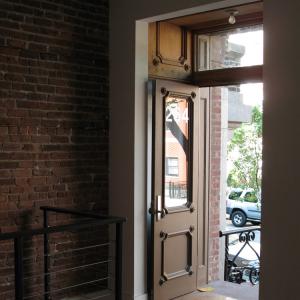
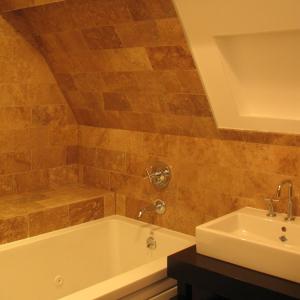
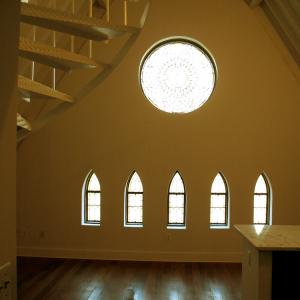
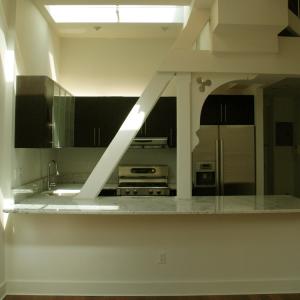
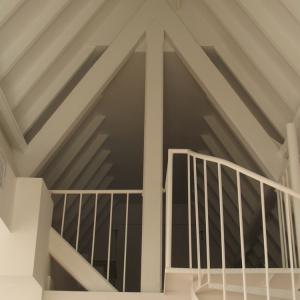
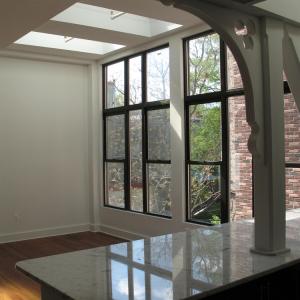
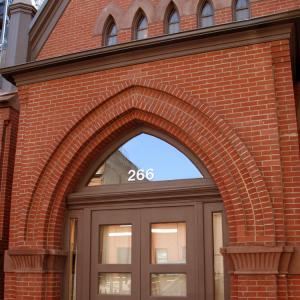
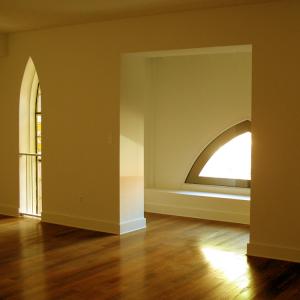

Project Manager/Designer: Eugene Drubestskoy
Visit:
The two attached four-story buildings have been designed to include 13 apartments, and each one utilizes an organic aspect of the church from the beamed ceilings throughout to the arches in the main sanctuary. A rooftop extension was designed to maximize the propertys potential while maintaining a discrete profile from the street. Originally built as Our Lady of Pillar Catholic Church in 1915, the church and attached rectory buildings have housed various churches over the years and were eventually abandoned by the last congregation in 2003. With the advent of a new use and purpose, the condominiums were completed with a refurbished façade that respects and maintains the quality of this landmark. With its new use, the building is being utilized again in a vital and dynamic way and the community is further reinforced. The main design concept was twofold: first, to create the conversion of a spiritual place into modern residences with full respect to their functional utilitarian needs; and second, to preserve the unique aura of the space and its surroundings. Together, these two concepts enable the new use of the old structure to become an organic part of the streetscape. During the course of the alteration, new light frame partitions and walls were introduced without compromising the original basilica structure, which remains the core of the entire building. In the lower floors, the former sanctuary space manifests itself in the form of exposed heavy timber beams. On the upper floors, original gothic roof rafters and braces are fully exposed, which, in combination with the rose stained glass windows, communicate each apartments unique grandeur. An abandoned church has a stultifying affect on its street, as well as the overall fabric of the neighborhood. The adaptive re-use of this building represents a substantial renewal of the community, encouraging future projects to respect existing buildings even when the option to tear down and rebuild exists. Creating a residential sanctuary in a former religious domain has provided a beautiful addition to its immediate area in historic Fort Greene.
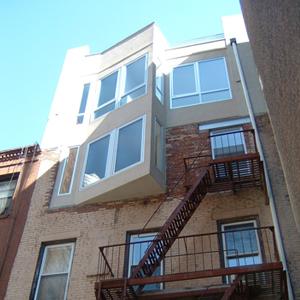
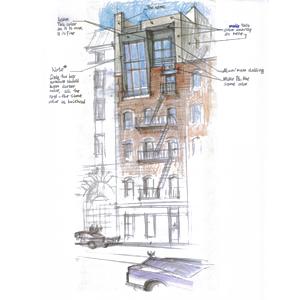
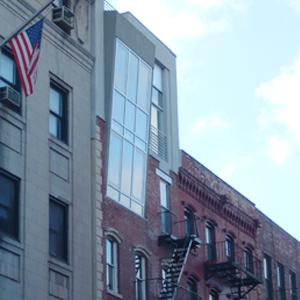
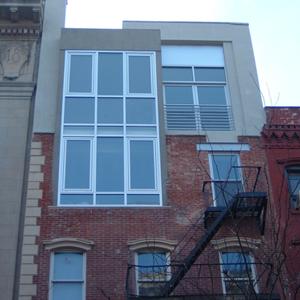
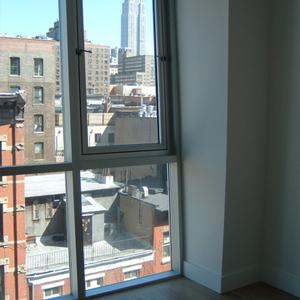

Project Manager/Designer: Eugene Drubestskoy
Visit: www.blessoproperties.com
The owner of this Chelsea building wanted to maximize it's potential. Our solution was two triplex apartments, for which the fifth floor was gutted and renovated, and new sixth and penthouse floors were added. Breathtaking views of the midtown Manhattan Skyline and Empire State Building on one hand, and the picturesque neighborhood on the other were a guiding factor in the design, which was based on capturing views. In order to provide equal views to both apartments, they are built in a "zigzag" pattern rather than front and back apartments, resulting in equal exposures. A grand room with a kitchen, dining and living area is located on the fifth floor, with two bedrooms leading to a roof terrace on the sixth floor. Rather than a straightforward continuation of the existing 19 th century brick and fenestration rhythm, the addition creates a dialogue between its neighboring buildings by bridging them visually in height, materiality, and scale. Materials used include applied cement stucco, aluminum cladding, glass, and restored brick. The 2700 s.f. addition brings the building to 9500 s.f., at a total cost of $400,000. The exterior of the building introduces a breath of fresh air as the slanted window reflects the empire state building, and the new angled façade literally takes a bow to the neighborhood. On the interior, people standing inside the apartment can look down into the neighborhood and onto the skyline through a single opening, observing both the immediate context and the Skyline in a true hierarchy of views.
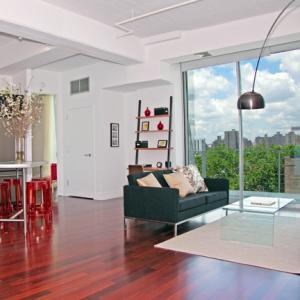

Project Manager/Designer: Eugene Drubestskoy
Visit: www.99goldstreet.com
99 Gold is a renewal pioneer within the area's industrial landscape. An upscale loft conversion is the latest trend in stylish city living, which redefines the 19th-century concrete and block building, originally designed to house and supply New York's souvenir market. Following that industry's decline and decades of misuse and neglect, vast quality-of-life improvements are assured by this adaptive reuse. Given the value of its location, breathtaking views of both Brooklyn and Manhattan and its close proximity to public transportation, the building is being converted into 88 sleek, spacious 1 and 2 bedroom loft-style apartments with cutting edge design and state of the art finishes. All apartments, ranging from 600 sq ft studios and 2000 sq ft penthouses, have high ceilings, floor to ceiling windows and large balconies. As a result of this project and others that will soon follow, the area has been transformed into the ideal neighborhood for successful artists and professionals with a taste for urban living, and it provides another link in connecting Brooklyn's downtown neighborhoods.
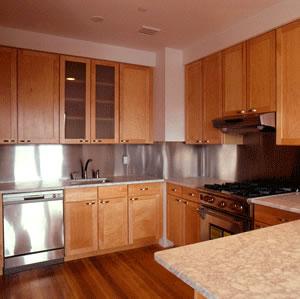
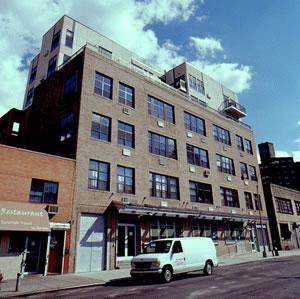
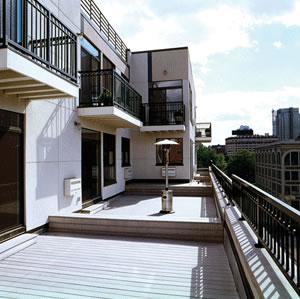
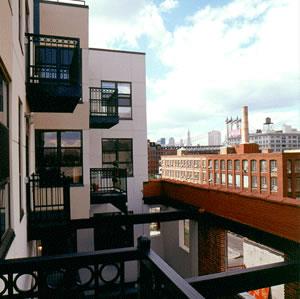

Project Manager/Designer: Eugene Drubestskoy
Visit: http://www.thedevelopersgroup.com
This converted factory building houses 37 loft-style-apartments, commercial gallery spaces, and enclosed parking on six floors. These features are contained within 40.000 square feet, making this a diverse and truly mixed-use development. By stretching the conceptual boundaries of the up and coming DUMBO Community three blocks east, this two story addition of a creation of this vacant factory building provided a platform for buyers to obtain loft-style living at a modest prices. Dubbed the "poor man's lofts", this building sold out all units in four weeks. The juxtaposition of new and old marks a crossroads in development in the area. The addition to the building marries old and new; new interior and exterior bearing walls, supported by the existing brick walls made the project economically feasible. This alteration constructed in strict conformance with the New York City Quality Housing Program. Afforded the residents many amenities not found in other buildings. A distinctive development, which provides both environmental sensitivity through adaptive reuse and energy conservation through creative insulation and ventilation systems, makes this project a success to everyone associated with it.